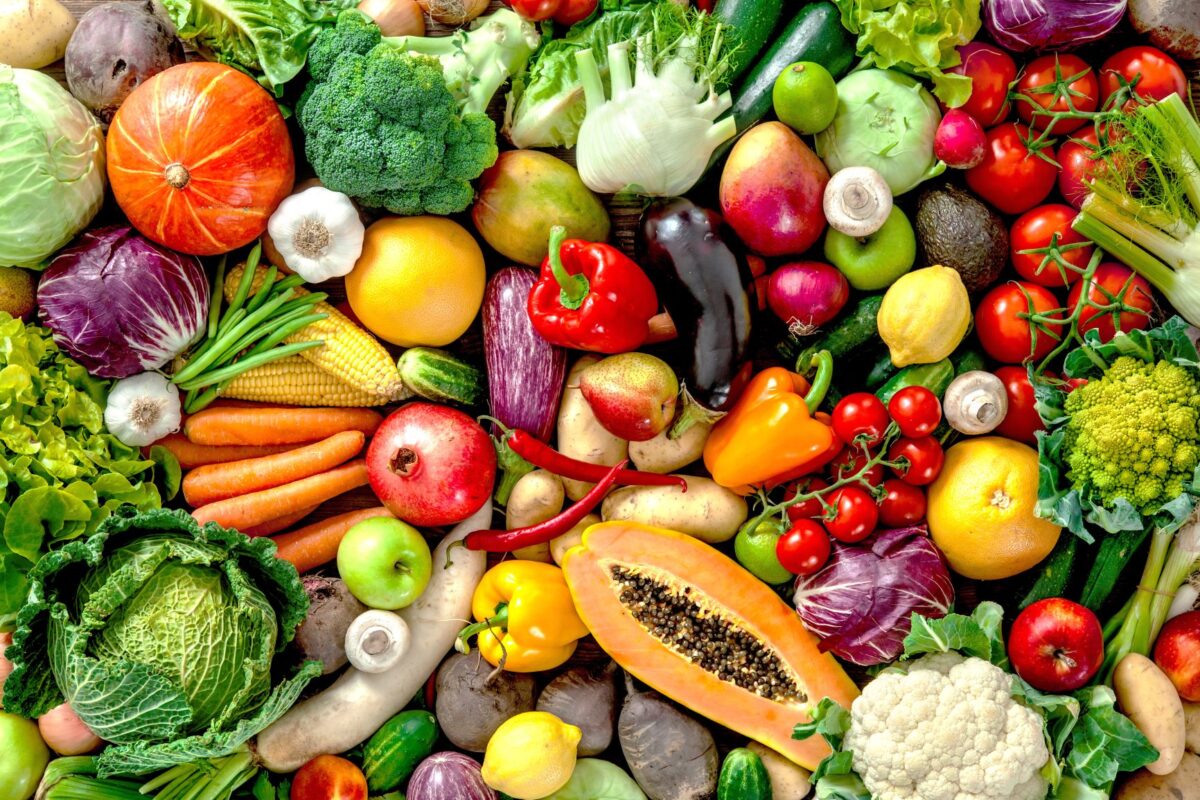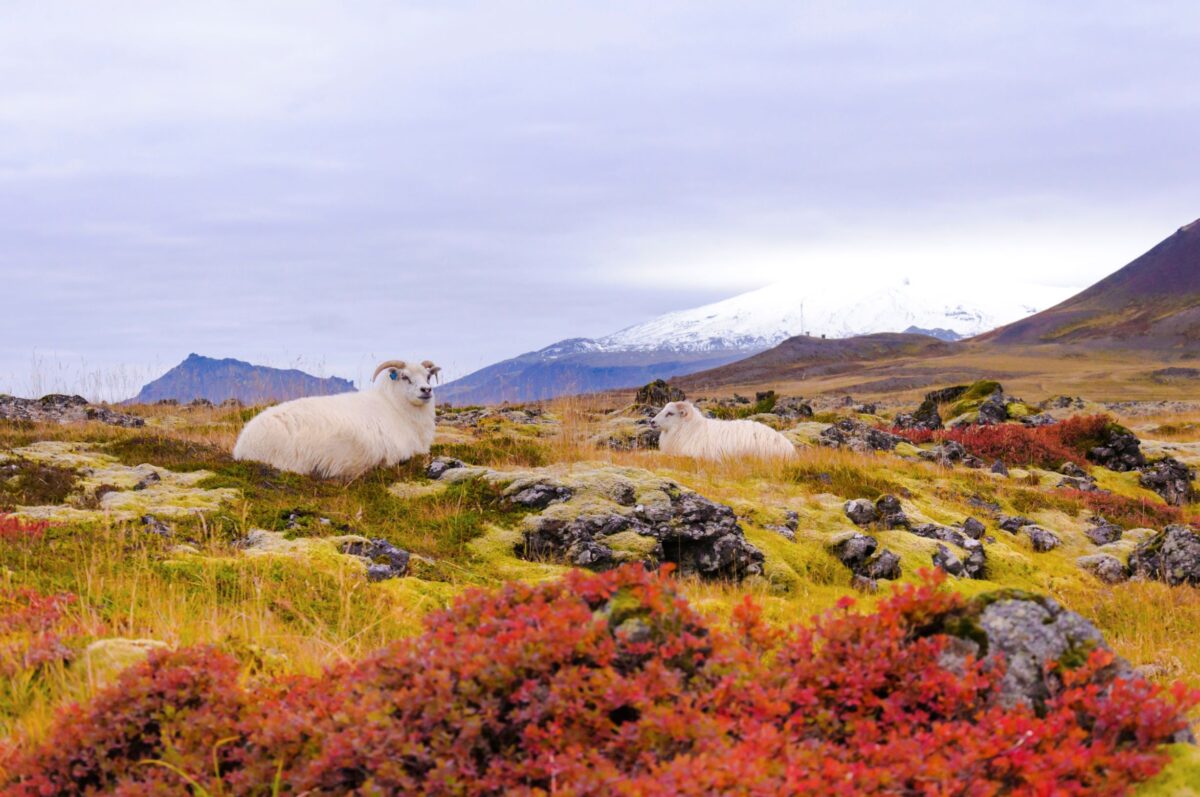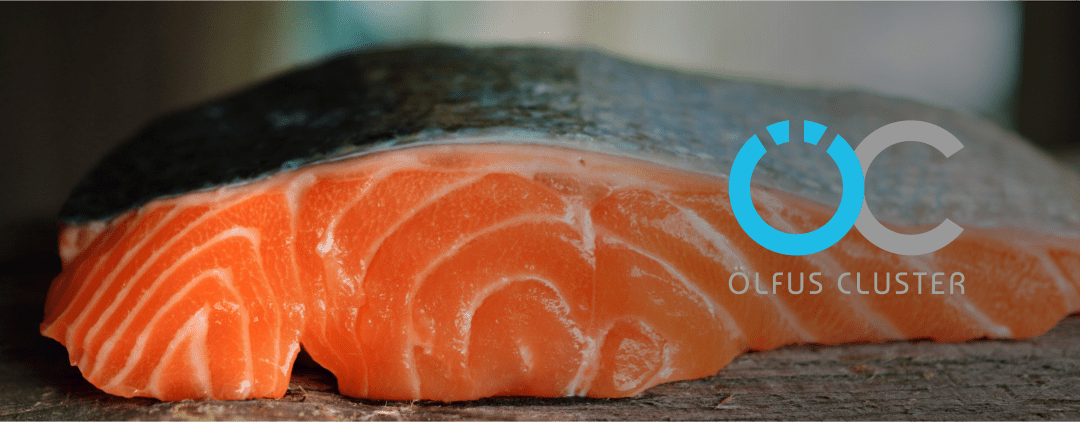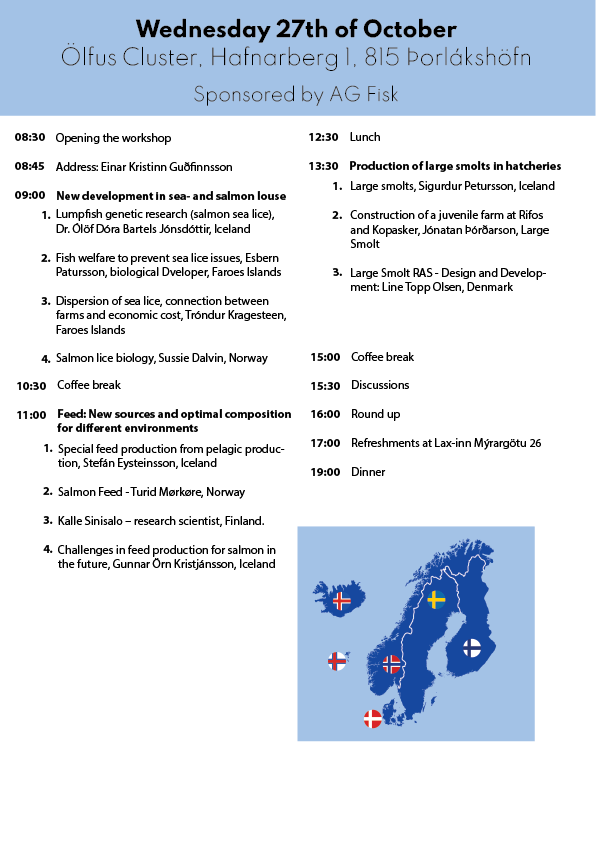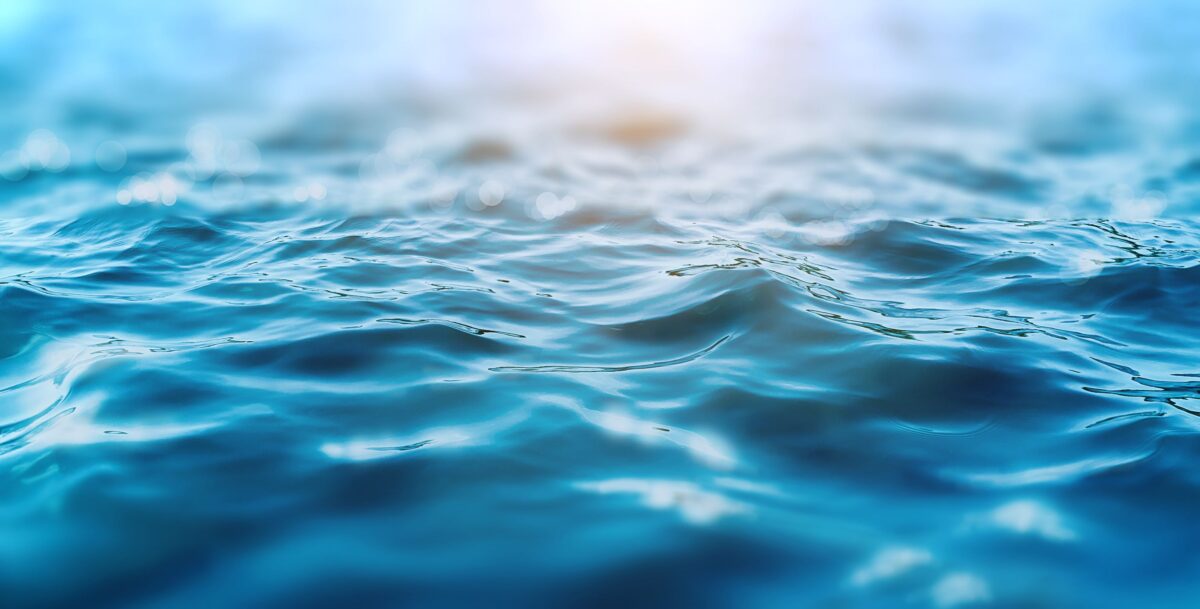Background: Obesity is characterized by chronic low-grade inflammation and associated with type 2 diabetes. Seaweed is one of the largest producers of biomass in the marine environment and is a rich arsenal of functional ingredients that may possess the potential to prevent type 2 diabetes.
Objective: The aim was to investigate the effects of seaweed extract on glucose metabolism and markers of inflammation in overweight and obese individuals.
Methods: Participants (N = 76, ≥40 years, body mass index ≥25 kg / m2) who volunteered for this 10- week randomized, controlled, doubly blinded intervention study, were randomized into an intervention group (seaweed extract, 3 capsules = 1200 mg / day) or a control group (placebo, 3 capsules / day). The extract derived from the brown seaweed bladder wrack (Fucus vesiculosus). At baseline and endpoint of the study, fasting samples were analyzed for blood glucose, insulin, inflammation markers, liver enzymes and creatinine (renal function).
Results: Drop out was 11.8% and not significantly different between groups. Fasting blood glucose and insulin were improved at the endpoint in the intervention group, but no changes were observed in the control group (corrected endpoint differences between groups: glucose = 0.61 mmol / L, P = 0.038; insulin = 0.72 μU / L, P = 0.038). Measures of inflammation, liver enzymes and renal function did not change significantly during the study.
Conclusion: Ingestion of seaweed extract over 10 weeks improves glucose metabolism without affecting measures of inflammation, liver function or renal function.

